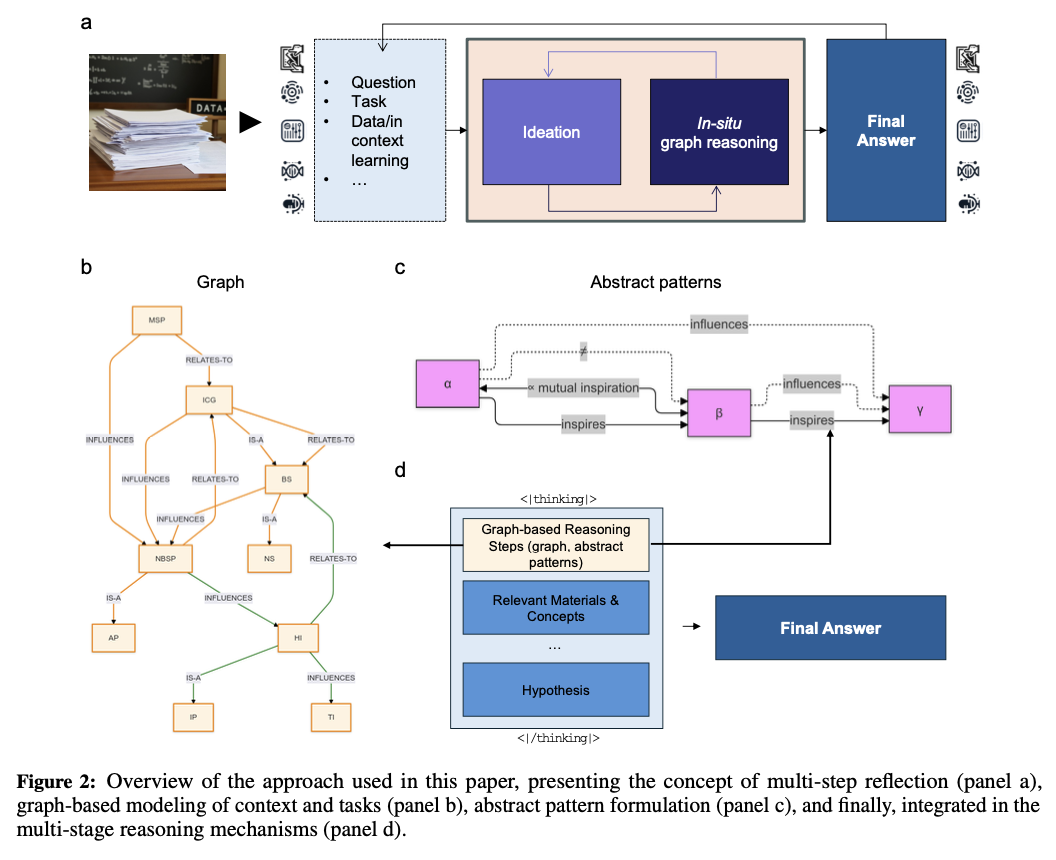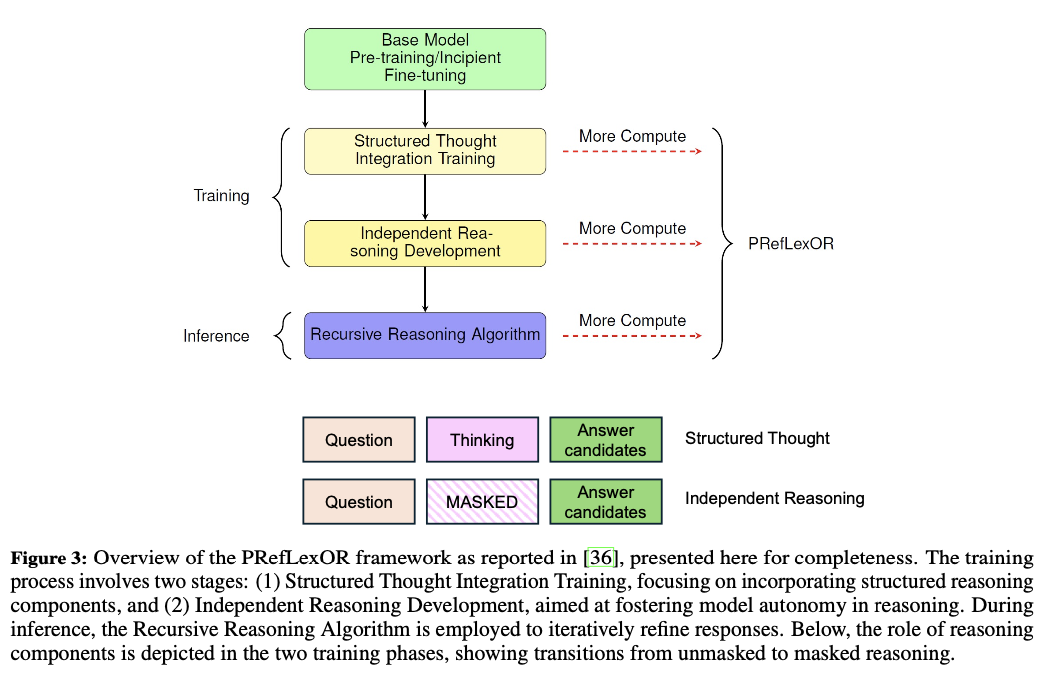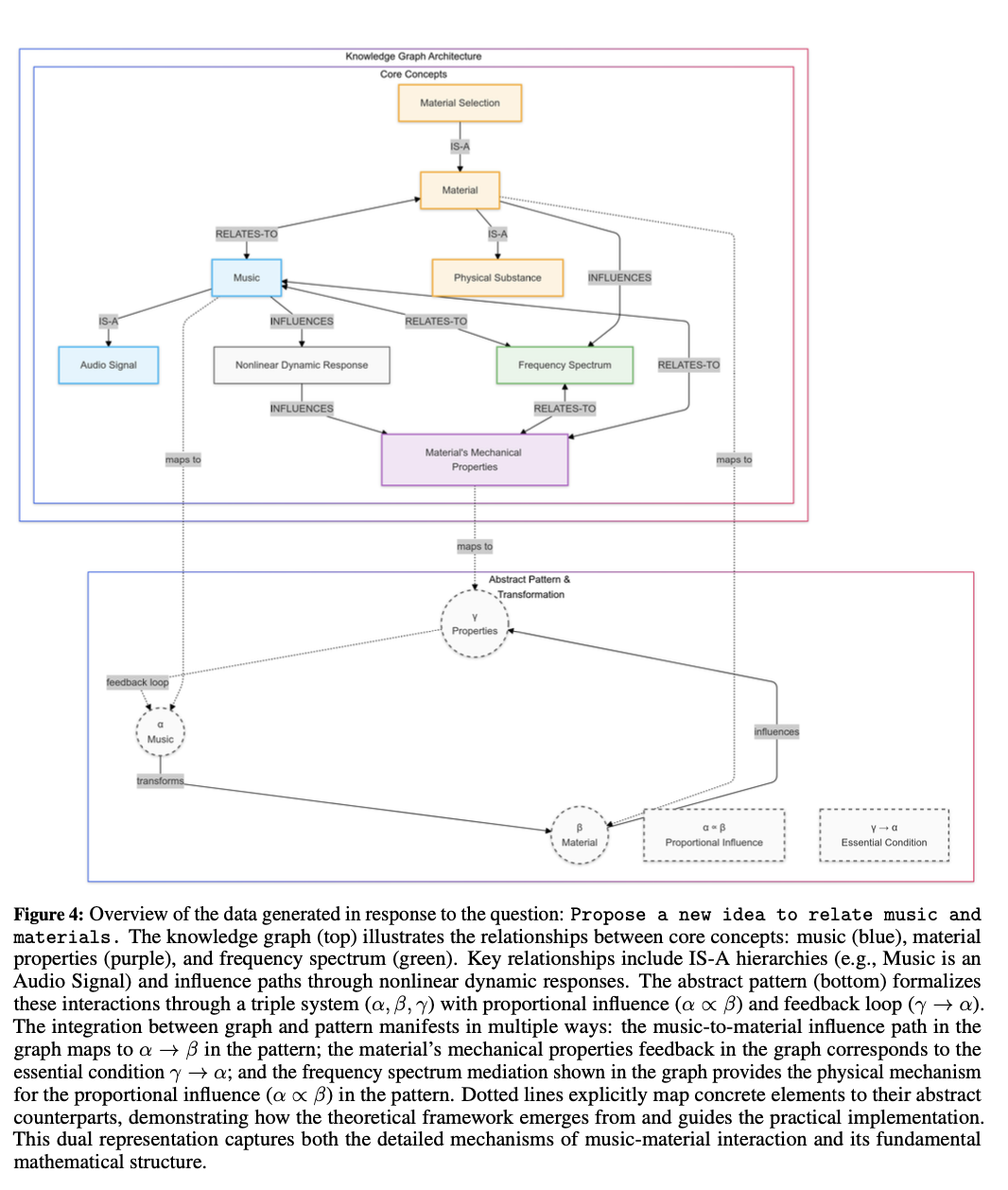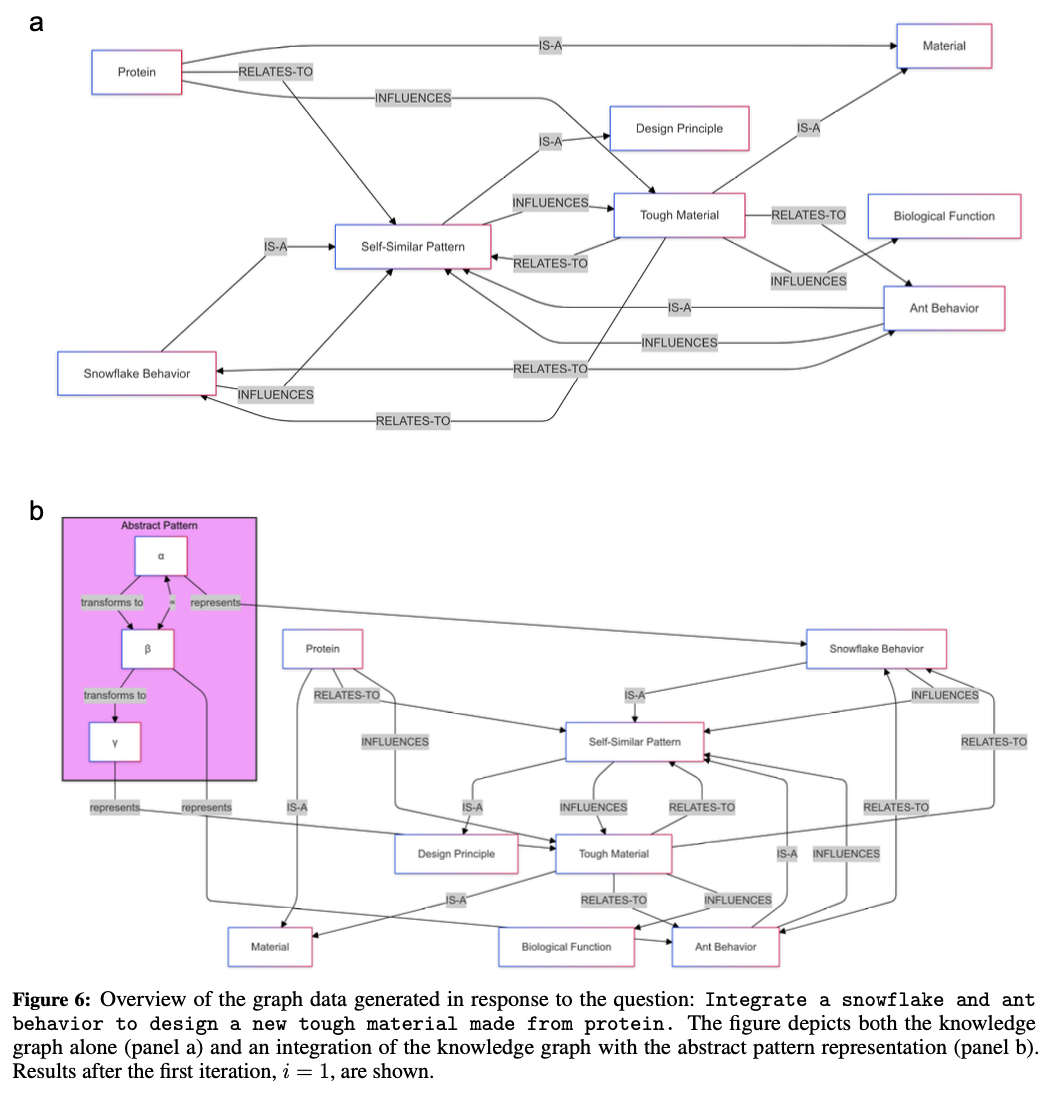A fundamental challenge in advancing ai research lies in developing systems that can autonomously perform structured reasoning and dynamically expand domain knowledge. Traditional ai models often rely on implicit reasoning processes, which limit their ability to explain decisions, adapt across domains, and generalize relational patterns. These shortcomings hinder its applicability to complex scientific problems that require interdisciplinary approaches, such as hypothesis generation, causal inference, and creative reasoning. Overcoming these limitations requires systems that can explicitly encode, refine, and transfer relational knowledge across diverse domains while maintaining adaptability and interpretability.
Existing approaches, including transformers and graph neural networks (GNNs), have made notable progress in natural language processing and relational tasks such as property prediction. However, transformers primarily excel in linguistic fluency but rely heavily on implicit reasoning processes, which restricts their ability to encode explicit structures. GNNs, while capable of representing relational systems, often have difficulty distinguishing non-isomorphic graphs, limiting their ability for hierarchical abstraction and inference. Furthermore, both methods have limitations in adaptability to new domains and often require substantial labeled data, reducing their efficiency for tasks requiring real-time reasoning or interdisciplinary synthesis.
MIT researchers propose Graph-PReFLexOR, an innovative framework that integrates graph-based reasoning with symbolic abstraction to address these challenges. This framework formalizes reasoning as a structured mapping M: T→(G, P, A), where tasks generate knowledge graphs (G), abstract patterns (P), and final answers (A). Inspired by category theory, it encodes concepts as nodes and relationships as edges, supporting hierarchical inference and adaptive generalization. Graph-PReFLexOR introduces explicit graph construction during the reasoning process to improve interpretability and employs recursive reflection to iteratively refine reasoning. Uniting symbolic reasoning and neural architectures enables interdisciplinary applications, such as linking mythological concepts with materials science or discovering patterns across domains. This paradigm improves the depth of reasoning and adaptability, surpassing the capabilities of existing ai frameworks.

Graph-PReFLexOR combines graph-based reasoning with the fluidity of transformer architectures, employing graph isomorphism networks (GINs) to identify structural equivalence between domains. The reasoning process involves the construction of dynamic knowledge graphs where nodes represent core concepts and edges encode relationships such as IS-A or RELATES-TO. These graphs preserve relational structures, making it easier to detect universal features such as recurring subgraphs and algebraic patterns. The framework balances linguistic fluency with structured reasoning by incorporating graphical reasoning into transformers. The authors trained the system on a database of 1,000 research articles on bioinspired materials science using augmented recall generation and recursive reasoning mechanisms. The model independently generates and improves knowledge graphs, promoting adaptability and consistency in difficult reasoning tasks.

Graph-PReFLexOR demonstrated excellent reasoning strengths in various tasks, effectively combining structured graph reasoning and symbolic abstraction for interdisciplinary uses. The system demonstrated the ability to generalize across multiple domains, effectively linking music to material properties, identifying isomorphic patterns, and dynamically generating knowledge graphs for hypothesis generation. It provided significant improvements in depth of reasoning, adaptability, and accuracy compared to conventional methods. The framework also bridged seemingly unrelated fields, such as mythology and materials science, uncovering innovative connections and providing insights into the design of biomimetic materials. Its ability to dynamically grow and refine knowledge graphs highlights its potential as a versatile tool to advance interdisciplinary research and discovery.


Graph-PReFLexOR represents a major advance in ai reasoning, addressing the critical challenge of enabling structured, interpretable, and interdisciplinary reasoning. By combining graph-based reasoning with symbolic abstraction, it achieves impressive adaptability and generalization across domains. With applications ranging from materials science to creative reasoning and hypothesis generation, this approach opens new avenues for ai-driven discovery. Future work can explore the possibility of extending this system to larger data sets and real-time applications, further unlocking its potential to drive innovation in scientific and interdisciplinary fields.
Verify he Paper. All credit for this research goes to the researchers of this project. Also, don't forget to follow us on <a target="_blank" href="https://x.com/intent/follow?screen_name=marktechpost” target=”_blank” rel=”noreferrer noopener”>twitter and join our Telegram channel and LinkedIn Grabove. Don't forget to join our SubReddit over 65,000 ml.
<a target="_blank" href="https://nebius.com/blog/posts/studio-embeddings-vision-and-language-models?utm_medium=newsletter&utm_source=marktechpost&utm_campaign=embedding-post-ai-studio” target=”_blank” rel=”noreferrer noopener”> (Recommended Reading) Nebius ai Studio Expands with Vision Models, New Language Models, Embeddings, and LoRA (Promoted)
Aswin AK is a consulting intern at MarkTechPost. He is pursuing his dual degree from the Indian Institute of technology Kharagpur. He is passionate about data science and machine learning, and brings a strong academic background and practical experience solving real-life interdisciplinary challenges.
 NEWSLETTER
NEWSLETTER




